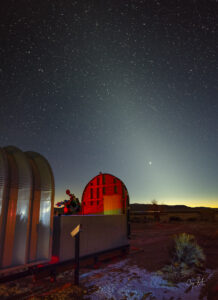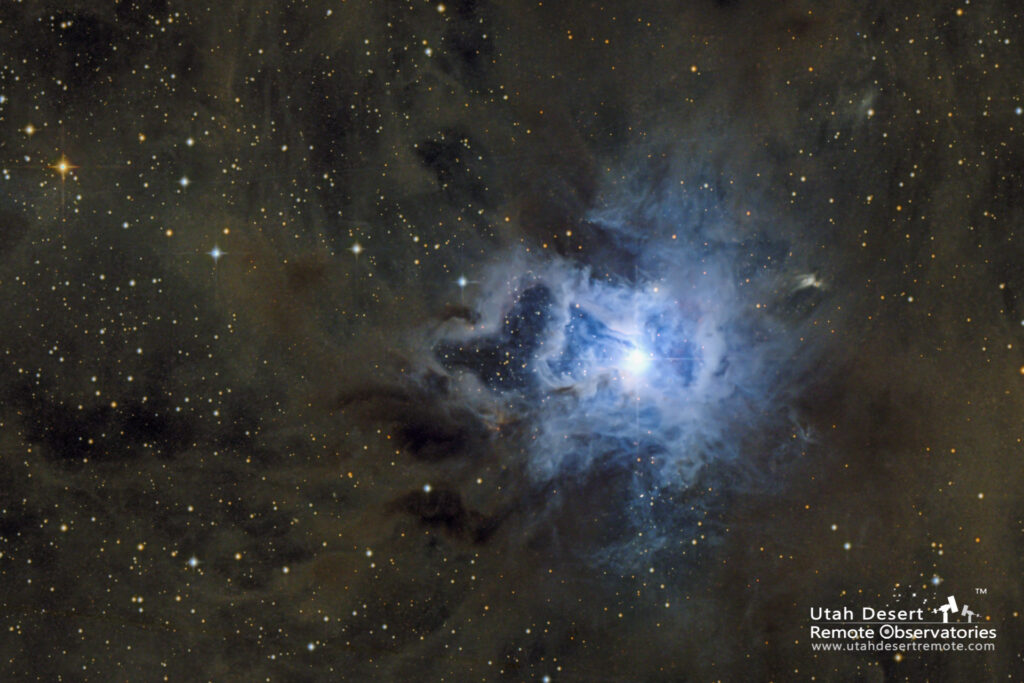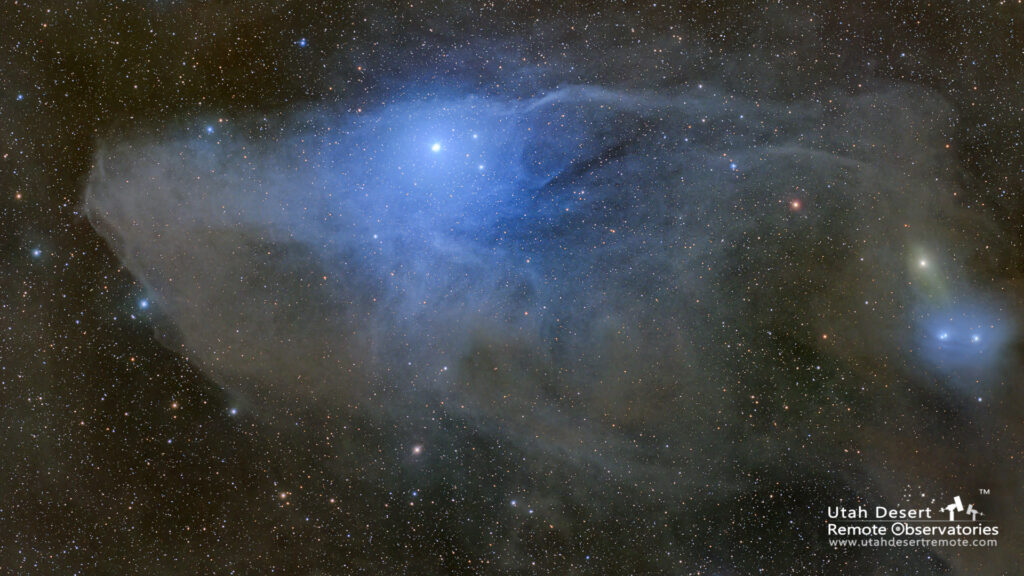
Imaging from a remote astronomical observatory like Utah Desert Remote Observatories has lots of advantages; you can collect images while you’re sleeping, you have access to some of the darkest skies in the Continental US, and you can easily image all night. The result is that you collect more data and better data.
However it’s not the same as being there in person. Of course, the reasons it’s not the same are many of the reasons it’s a good alternative. But when you can’t just walk over to your rig you have to find other ways to accomplish simple tasks.
One of the first questions you’ll face is the weather forecast. Fortunately our Utah Desert Remote Observatories Weather page provides an easy-to-read and concise summary of current conditions and the forecast. Our weather system shows cloud cover, temperature, humidity and wind speed, and it’s linked to the roof controller so that if any of those measurements exceed our parameters the roof will automatically close to protect equipment.

As they say, a picture is worth a thousand words, so we also have an all sky camera view straight overhead as well as camera views to the north and south. Note that because of our very dark sky when there’s isn’t any moonlight you need to focus on looking for stars; clouds are mostly just dark areas without stars.
Another useful feature is the satellite loop. One thing I’ve noticed is the it’s not unusual for clouds to dissipate as the sun goes down so even a partly cloudy afternoon has a good chance of turning into a clear night.
Hardware is different too. I use a Digital Loggers Web Power Switch which is like a power strip where each outlet can be switched on and off over an internet connection. It’s really useful if you need to reset something like the mount – I can switch it off and back on again remotely to fix most problems.
I didn’t appreciate how useful it is to have a camera that shows you a view of the telescope. There are times you feel the need to actually look at it and see that it’s in the right position or moving the right way.
Lastly, it’s really useful to have someone on-site. A few nights ago my guide camera quit responding and I couldn’t get it to show up in any of my imaging programs. As a last resort I asked our on-site caretaker (also known as my daughter Cassie) to unplug the USB cable and then plug it back in – problem solved.

